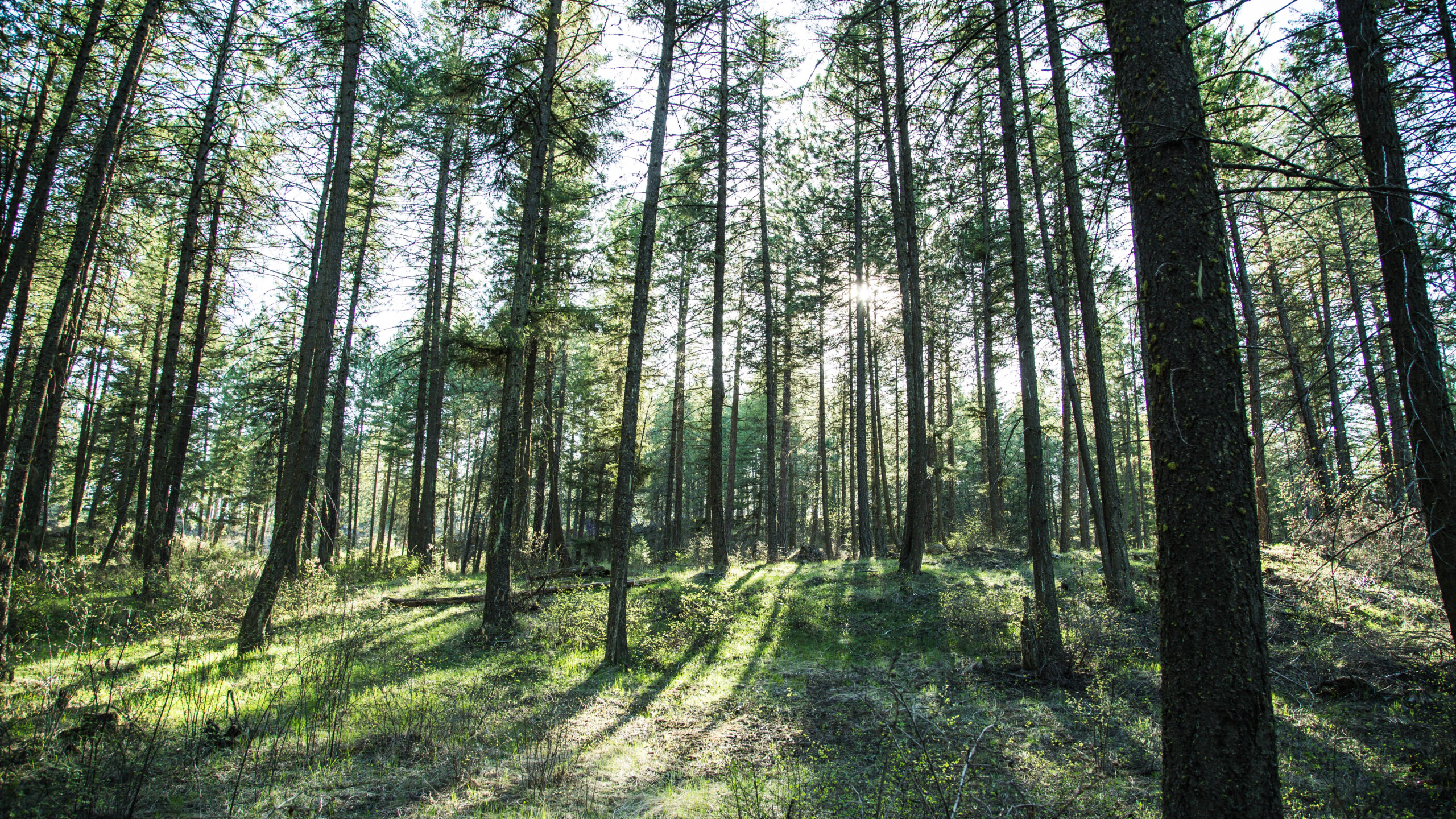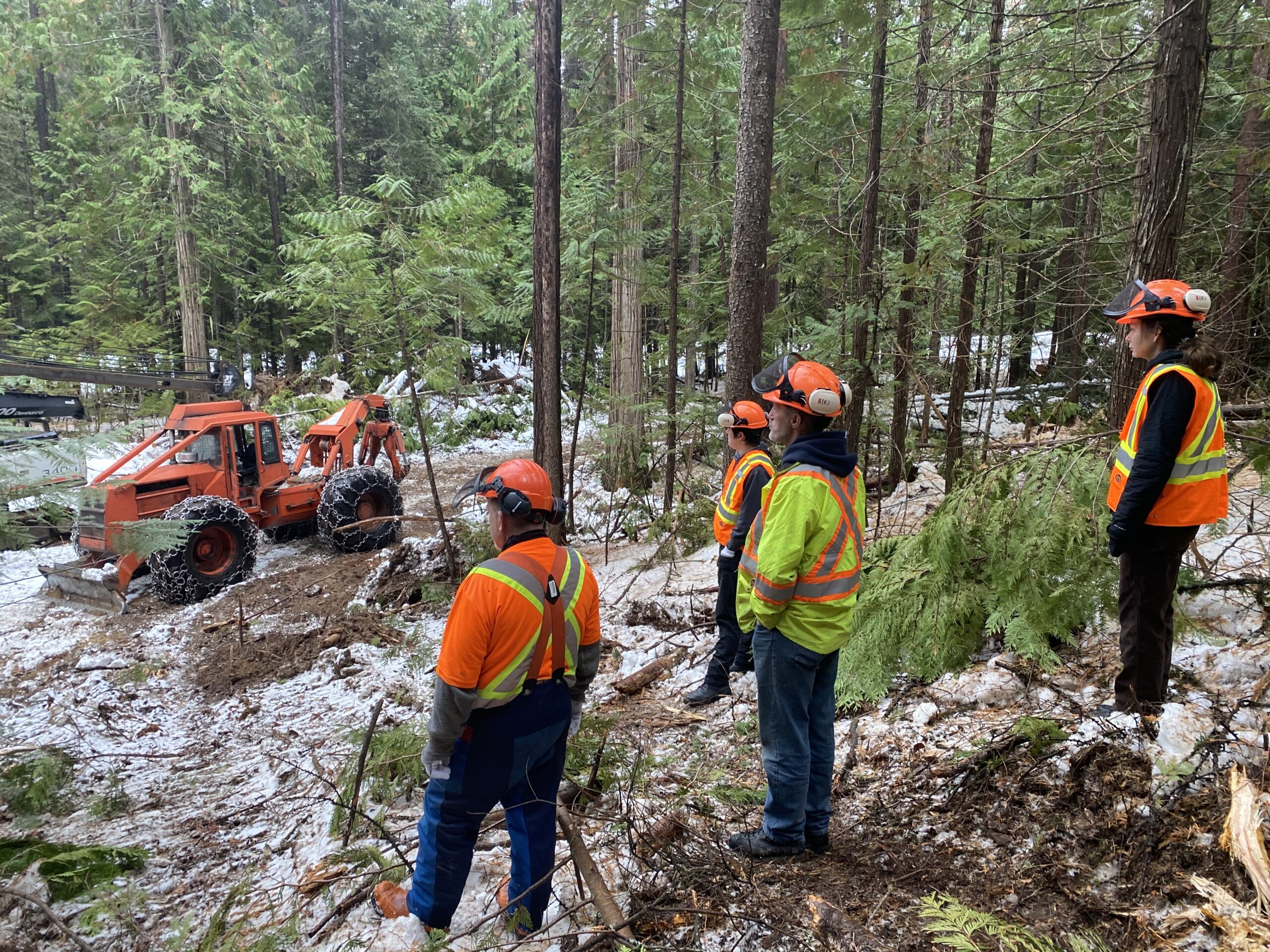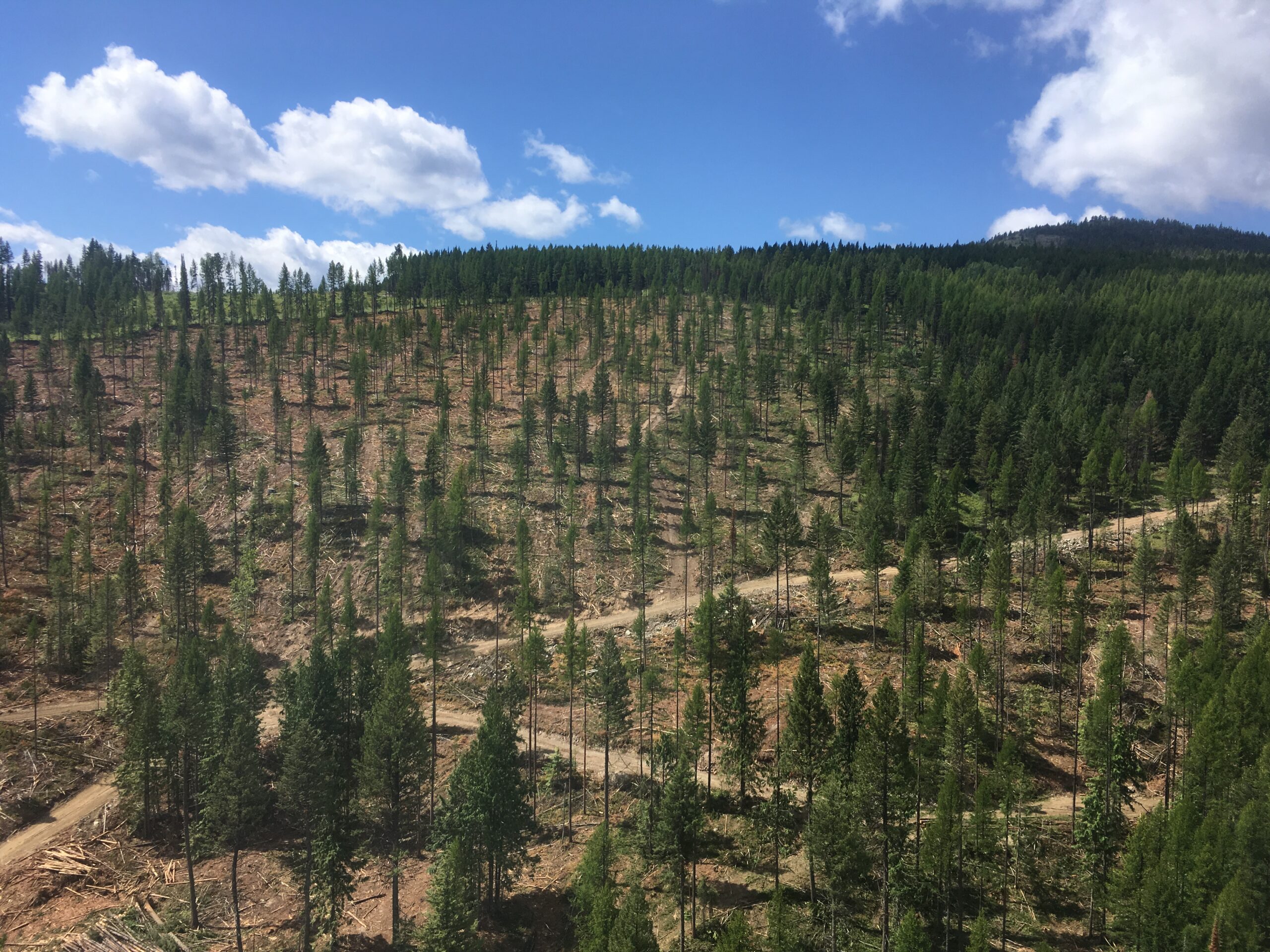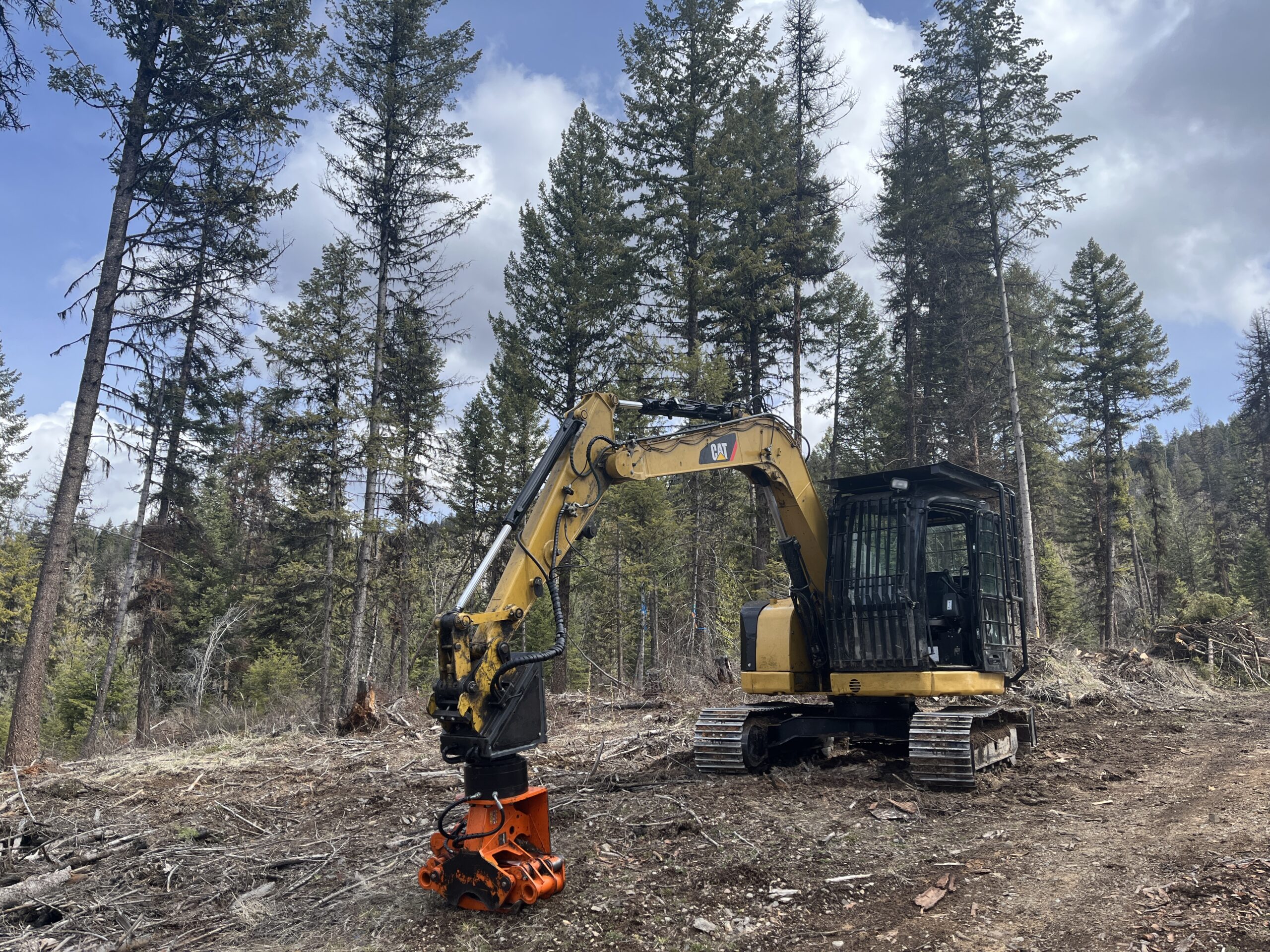
Midway, B.C.: efforts are being made by the West Boundary Community Forest (WBCF) to better safeguard nearby communities from the potential dangers posed by wildfires. With the infusion of new grant funding from the Forest Enhancement Society of BC’s (FESBC) 2022-2023 Funding Program, the WBCF has made significant progress to reduce the risk of wildfires in the area.
Last year, WBCF received a grant of just over $1.1 million from FESBC. With this funding, the WBCF has taken proactive measures to enhance the safety of the communities of Midway, Greenwood, Grand Forks, Rock Creek, and Westbridge by working to mitigate the risk of wildfires.
“Sustainable community forest management is critical to reducing wildfire risk in our province,” said Bruce Ralston, Minister of Forests. “The collaborative efforts of West Boundary Community Forest and FESBC will not only help build forest health and resiliency but also betterprotect people in surrounding communities from wildfire risks.”
This recent FESBC funding will be used to clean up dead material and ladder fuels in the understory, limit insect infestations by salvaging trees that host beetles, and improve foraging for wildlife. Collaborating with First Nations and neighbouring communities on how to conduct the work in order to support these values has been essential in delivering this project.
Dan Macmaster, Registered Professional Forester (RPF), Community Forest Manager for WBCF, emphasized the importance of undertaking wildfire risk reduction work close to the communities.
“For far too long, forest stands directly adjacent to residents have been neglected due to various factors, including visual concerns, public pressure to avoid clear cuts, proximity to local recreational trails, and the perception that logging should be done far away from towns and hidden in the backcountry,” said Macmaster. “As a result, unmanaged forested areas tend to exhibit an abundance of forest fuels such as dead trees and branches that have accumulated on the forest floor over the years.”
The dense canopies of these forested areas can further hinder the growth of shrubs and grasses, limiting the forage opportunities for wildlife. Additionally, the presence of insects like the douglas-fir beetle is becoming a significant concern, as they thrive in environments rich with stressed or blown-down wood.
“The focus on wildfire risk reduction around our communities signifies a fundamental shift in forest management practices, recognizing the critical role good management plays in overall forest health and community safety,” noted Macmaster.

Work is already underway on five projects, and include:
Fiva Creek (Westbridge): the project tackled a dense lodgepole pine stand near homes by thinning out trees to reduce canopy connectivity and for visual appeal. Dead pulp logs were collected and chipped, while collaborative efforts with residents saw FireSmart measures implemented. A post-harvest prescription has now been developed to strategically remove remaining fuels to create an effective fire break.
Rock Creek: areas south of Rock Creek, adjacent to private properties, the Riverside Centre, and the main highway, pose a significant risk of a catastrophic wildfire due to its steep slope and accumulated forest fuels over the years. To address this risk, a local contractor is conducting hand piling and branch pruning operations. The small piles of debris generated from these activities will be burned in the fall, effectively reducing the potential for a devastating wildfire in the Rock Creek area.
Myers Road (Midway): Myers Road in Midway serves as a crucial east-west route parallel to the United States (US) border. Recognizing the risk of a wildfire spreading from the US into B.C., a shaded fuel break has been developed along the road. Within a 75-metre corridor on each side of the road, forest debris removal and the removal of branches, or ladder fuels, is taking place to prevent the upward movement of wildfires into the tops of the trees. The project will also improve road access for fire crews to enable effective fire suppression efforts in the event of a wildfire. While large-diameter trees will be retained within the treatment area, hand piling and pruning activities will be carried out after harvesting to establish the shaded fuel break.
Greenwood: the eastern slope of Greenwood features a dense stand of trees with a significant accumulation of dead forest fuels, posing a high wildfire risk. To address this concern, a fuel break has been designed on both the lower and upper slopes with the aim of slowing down the spread of a wildfire. The treatment has involved cutting small dead trees and piling up fuels, which will be burned in the fall.
Lone Star (Grand Forks): this project, situated west of Grand Forks in the Phoenix area, runs parallel to the US border along a road called the City of Paris. The dense US National Forest to the south raises concerns about the potential spread of wildfires from Washington and Montana. To address this, improvements will be made to the old road to enhance access for fire suppression crews. A fuel break will also be established along the road and will involve the removal of forest fuels, thinning trees, focusing on the retention of the most fire-resistant trees, such as douglas-fir, western larch and ponderosa pine.
Resource Operations Manager for the Selkirk District, Grant Walton, RPF, expressed the importance of the funding received from FESBC for these five projects and the many different projects in the Selkirk Forest District. He also noted that these projects have consistently been in alignment with the Wildfire Risk Reduction program goals to reduce the risk of wildfire around the West Kootenay communities.
“To date, FESBC has funded projects for fuel management treatments, planning prescriptions for fuel management treatments, and maintenance of stands. These projects are helping inter-agencies such as the Regional District of Central Kootenay and other groups, including the West Boundary Community Forest, complete wildfire risk reduction projects,” remarked Walton. “FESBC has been helping to build important capacity within our communities to complete wildfire risk reduction work with these smaller tenure holders.”
The successful implementation of these projects relies on a collaborative approach. Recognizing this, the WBCF emphasizes strong partnerships and active involvement from First Nations communities. In particular, the WBCF has fostered an excellent relationship with the Osoyoos Indian Band (OIB), ensuring that their perspectives and expertise are incorporated throughout the process.

Photos: May Creek thinning; Photo credits: Dan Macmaster.
“The five WBCF projects funded by FESBC serve as a conduit in bringing these relationships together between the OIB and the communities. This collaboration is a testament to the importance of working together to better protect the region from natural disasters, particularly the threat of wildfires,” said Macmaster.
Fibre utilization also is playing a crucial role in wildfire risk reduction work. Two of these projects focus on enhanced fibre utilization efforts. This approach recognizes the value of reducing the amount of waste material after treatments which leads to a reduction is carbon emissions and creates economic benefits at the same time.
“Fibre utilization can be a crucial aspect of our wildfire risk reduction projects, playing a significant role in mitigating the potential temporary risks posed by the accumulations of material created from the treatments,” noted Brian Watson, RPF, Operations Manager with FESBC. “By effectively utilizing harvested materials, we address two key objectives: reducing the accumulation of fuels close to homes before they can be burnt and maximizing the value of our forest resources and promoting sustainable management of the forest resource.”
Photos: Various consultation tours for the projects in the Boundary region;
Photo credits: Peter Flett.
Together, FESBC, the Ministry of Forests, the OIB, and the WBCF are turning potential hazards into valuable assets, ensuring that no part of harvested wood materials goes to waste. Through this approach, good forest management is better-safeguarding communities but also demonstrating the commitment to responsible forestry practices and the long-term health of forests for generations.
FESBC would like to gratefully acknowledge the financial support of the Province of British Columbia through the Ministry of Forests.

